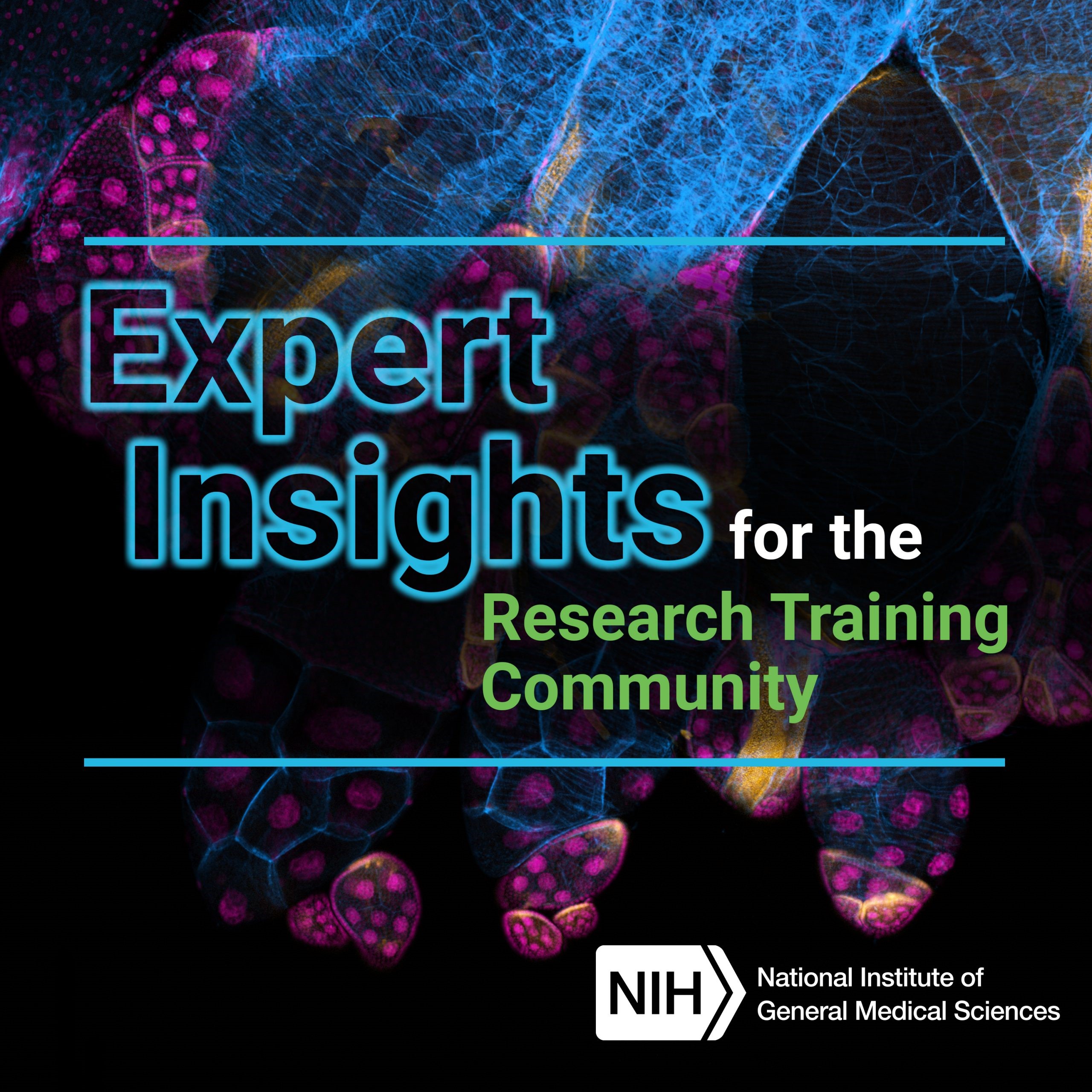Moving Away From the Scientific Pack in Your Research

In this episode of Expert Insights for the Research Training Community, Dr. Alejandro Sánchez Alvarado, director of the Stowers Institute for Medical Research, discusses how to move into uncharted territory in research and study nontraditional research organisms.
The original recording of this episode took place as a webinar on May 5, 2020, with NIGMS host and director Dr. Jon Lorsch. A Q&A session with webinar attendees followed Dr. Alvarado’s talk.
Recorded on May 5, 2020
View Transcript Download Recording [MP3]
Podcast Transcript: Moving Away From the Scientific Pack in Your Research
Announcer:
Welcome to Expert Insights for the Research Training Community—A podcast from the National Institute of General Medical Sciences. Adapted from our webinar series, this is where the biomedical research community can connect with fellow scientists to gain valuable insights.
Dr. Jon Lorsch:
Hi everybody, this is Jon Lorsch, director of NIGMS, and I’m really happy to welcome you to the second of our virtual online webinars for the NIGMS and other training community. This is something that we decided to do since so many people are trying to work from home and to learn from home. We thought it would be a good idea to put together some
